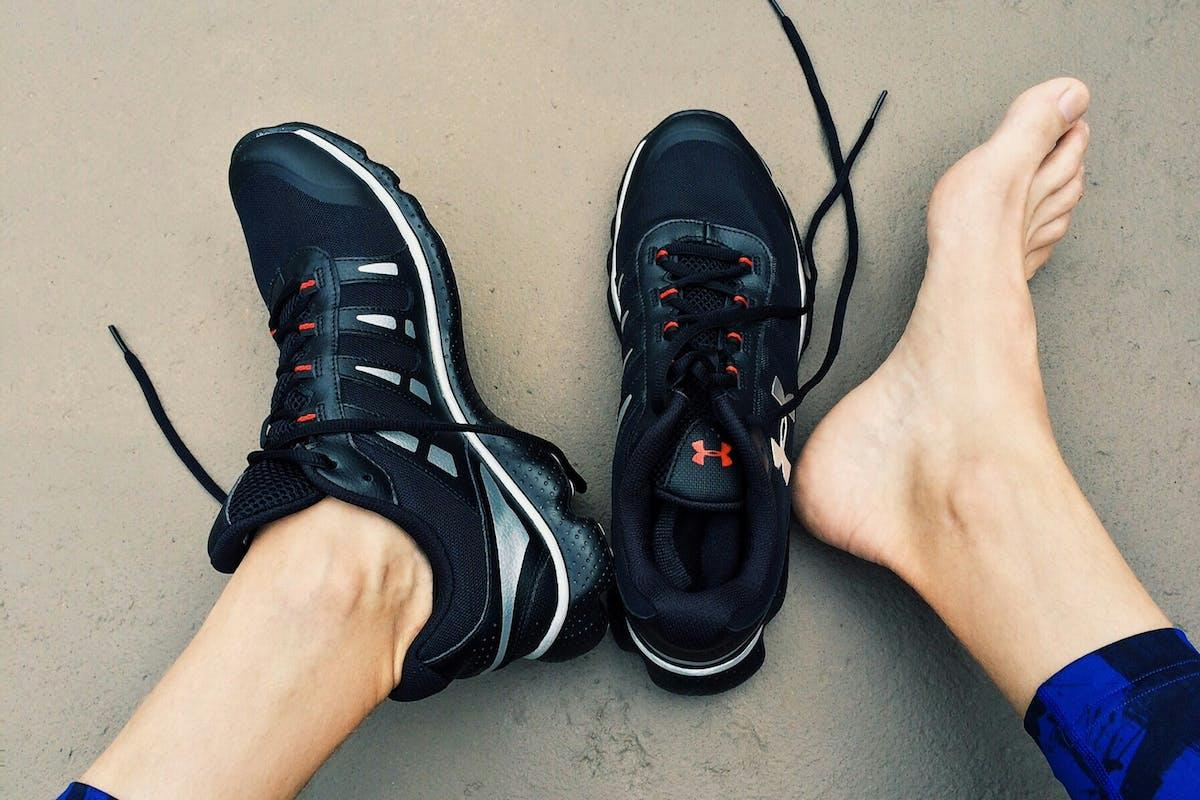Introduction
Foot pain can be a hindrance to your daily activities and overall quality of life. Podiatrists, specialized doctors focused on foot and ankle health, play a crucial role in diagnosing, treating, and managing various foot conditions. In this in-depth guide, we will explore the expertise of podiatrists and shed light on the methods they employ to alleviate foot pain. Understanding their specialized approach empowers you to make informed decisions about your foot health, ensuring a pain-free and active lifestyle.
The Expertise of Podiatrists
1. Education and Training:
- Discuss the extensive education and training podiatrists undergo, including medical school and specialized podiatric medical programs. Highlight their expertise in foot anatomy, biomechanics, and a wide range of foot conditions.
2. Diagnosis and Assessment:
- Explain how podiatrists perform comprehensive examinations, including physical assessments, imaging studies, and gait analysis, to accurately diagnose the underlying causes of foot pain. Their detailed assessments guide personalized treatment plans.
Non-Invasive Treatment Approaches
1. Orthotic Devices:
- Discuss how podiatrists prescribe custom orthotic devices, including shoe inserts and arch supports. These orthotics provide proper foot alignment, cushioning, and support, relieving pain and preventing future issues.
2. Physical Therapy Referrals:
- Explain how podiatrists often collaborate with physical therapists to provide holistic care. Physical therapy helps in strengthening muscles, improving flexibility, and addressing biomechanical imbalances, enhancing overall foot function.
3. Footwear Recommendations:
- Discuss the importance of appropriate footwear. Podiatrists offer guidance on choosing shoes with proper arch support, cushioning, and room for toes. Well-fitted shoes can significantly reduce foot pain and discomfort.

Minimally Invasive Procedures
1. Corticosteroid Injections:
- Explain how podiatrists administer corticosteroid injections to reduce inflammation and alleviate pain in conditions like plantar fasciitis. Discuss the benefits and potential risks associated with this minimally invasive procedure.
2. Physical Therapy Collaboration:
- Emphasize the collaborative approach between podiatrists and physical therapists. After invasive procedures, physical therapy plays a crucial role in rehabilitation, focusing on strengthening, mobility, and pain management.
Surgical Interventions
1. Bunion Surgery:
- Discuss common surgical procedures, such as bunion surgery. Explain the techniques podiatrists use to realign bones and correct deformities, providing long-term relief from bunion-related pain.
2. Heel Spur Removal:
- Explain how podiatrists perform heel spur removal surgeries to relieve chronic heel pain. Discuss the post-surgery rehabilitation process, which often involves physical therapy to regain strength and mobility.
Specialized Foot Conditions
1. Plantar Fasciitis:
- Detail how podiatrists approach plantar fasciitis, including conservative treatments like orthotics, stretching exercises, and physical therapy. Discuss surgical options for severe, persistent cases.
2. Ingrown Toenails:
- Explain how podiatrists treat ingrown toenails, both through minimally invasive procedures and surgical removal. Highlight post-treatment care to prevent recurrence.
Preventive Foot Care
1. Regular Check-ups:
- Encourage readers to schedule regular foot check-ups, especially if they experience recurring pain or discomfort. Regular assessments can detect issues early, preventing complications.
2. Self-Care Practices:
- Provide tips on self-care practices, including proper foot hygiene, regular stretching, and wearing appropriate footwear. These practices promote foot health and reduce the risk of developing painful conditions.
Conclusion – Your Path to Pain-Free Feet
Empowering You for Lifelong Foot Health
Podiatrists are invaluable partners in your journey to pain-free feet. Their specialized knowledge and comprehensive approach to foot care ensure accurate diagnosis, effective treatment, and long-term management of various foot conditions. Whether through non-invasive methods, minimally invasive procedures, or surgical interventions, podiatrists are dedicated to restoring your mobility and relieving foot pain.
If you’re ready to consult experienced podiatrists dedicated to your foot health, don’t hesitate to schedule an appointment today. Let us be your partners in your journey to lasting relief and a future of comfortable, unrestricted movement.
Contact us now to schedule your appointment and take the first step toward pain-free, more active feet.
OrMobility Physical Therapy & Performance



